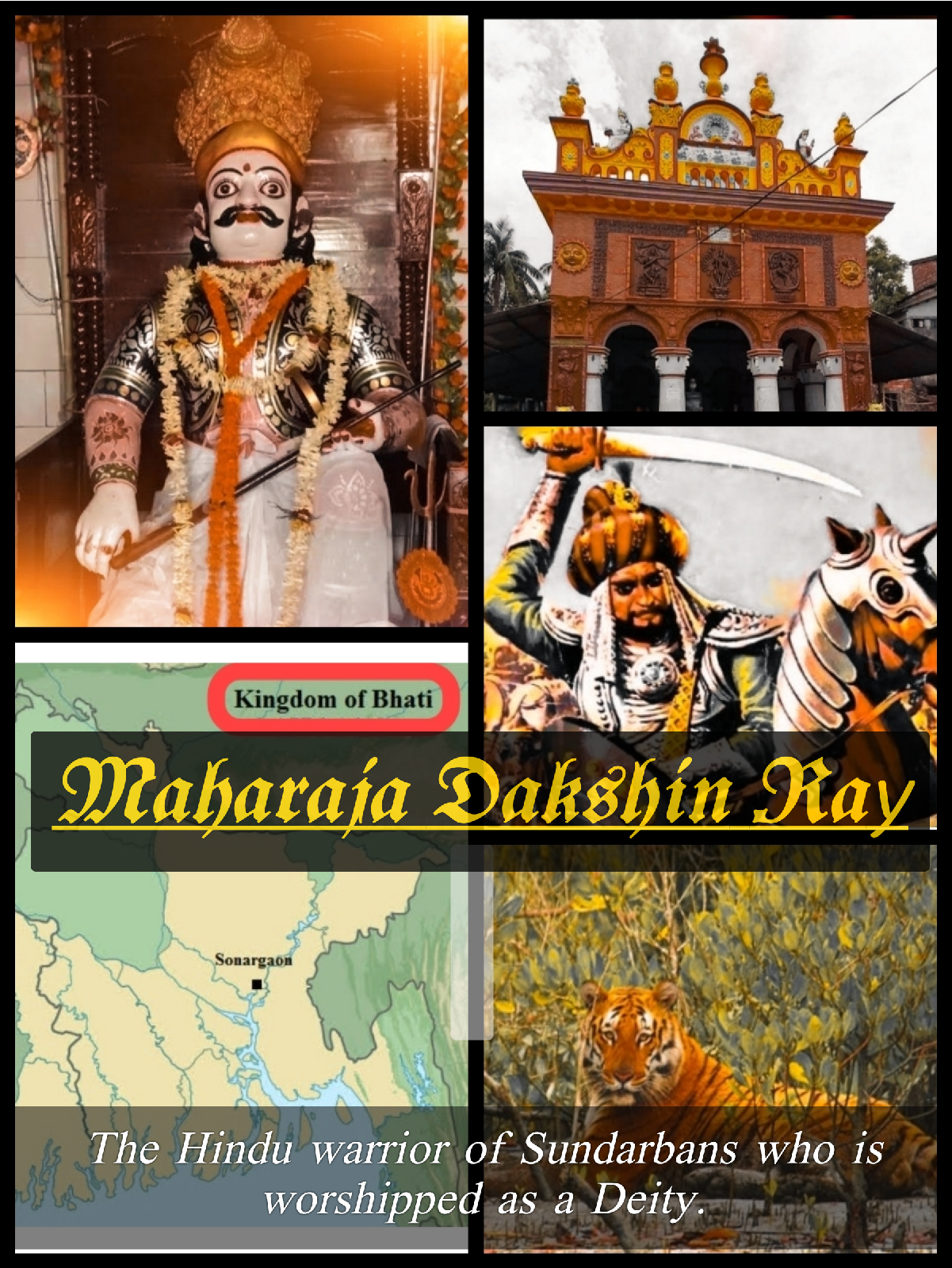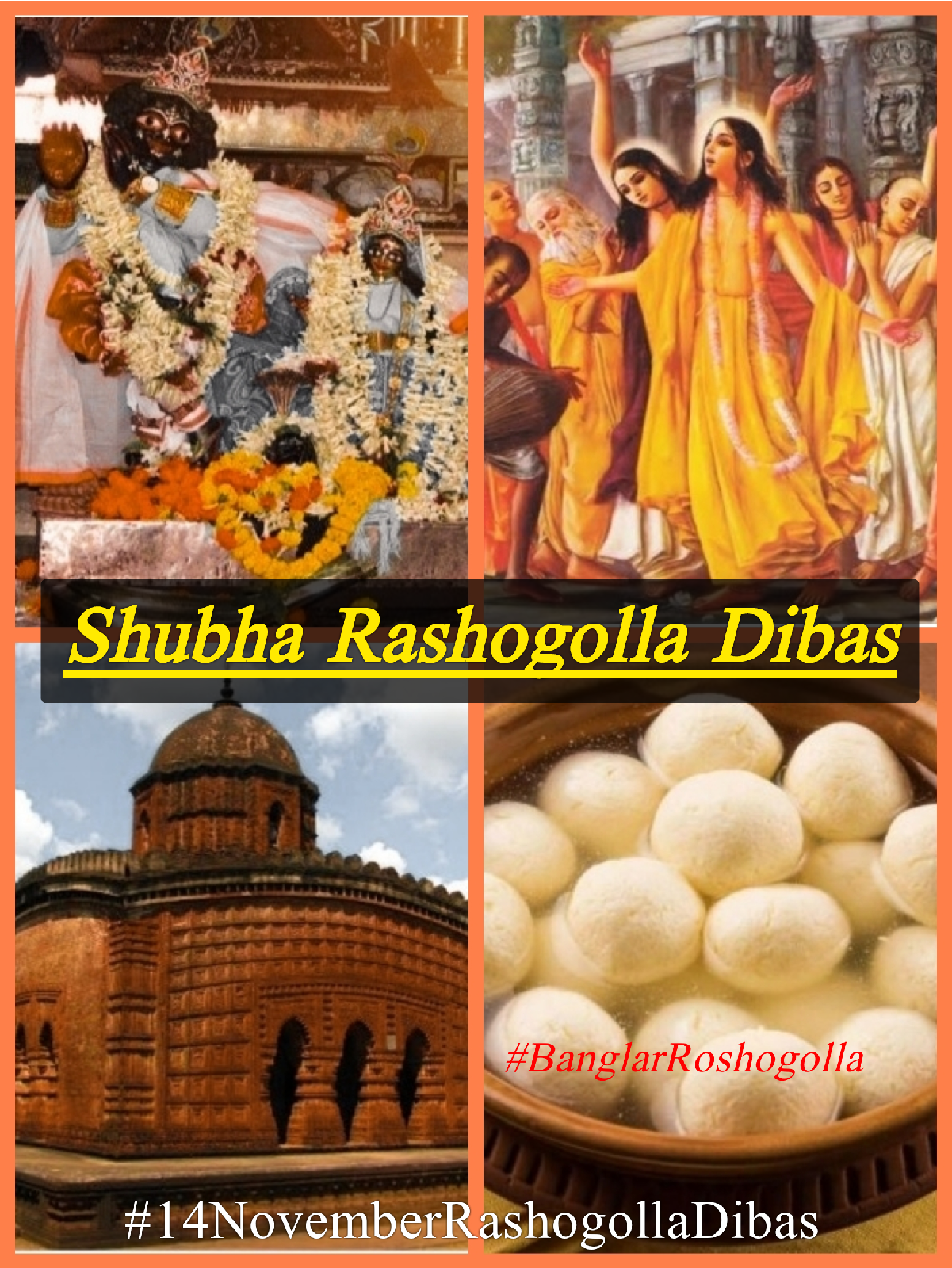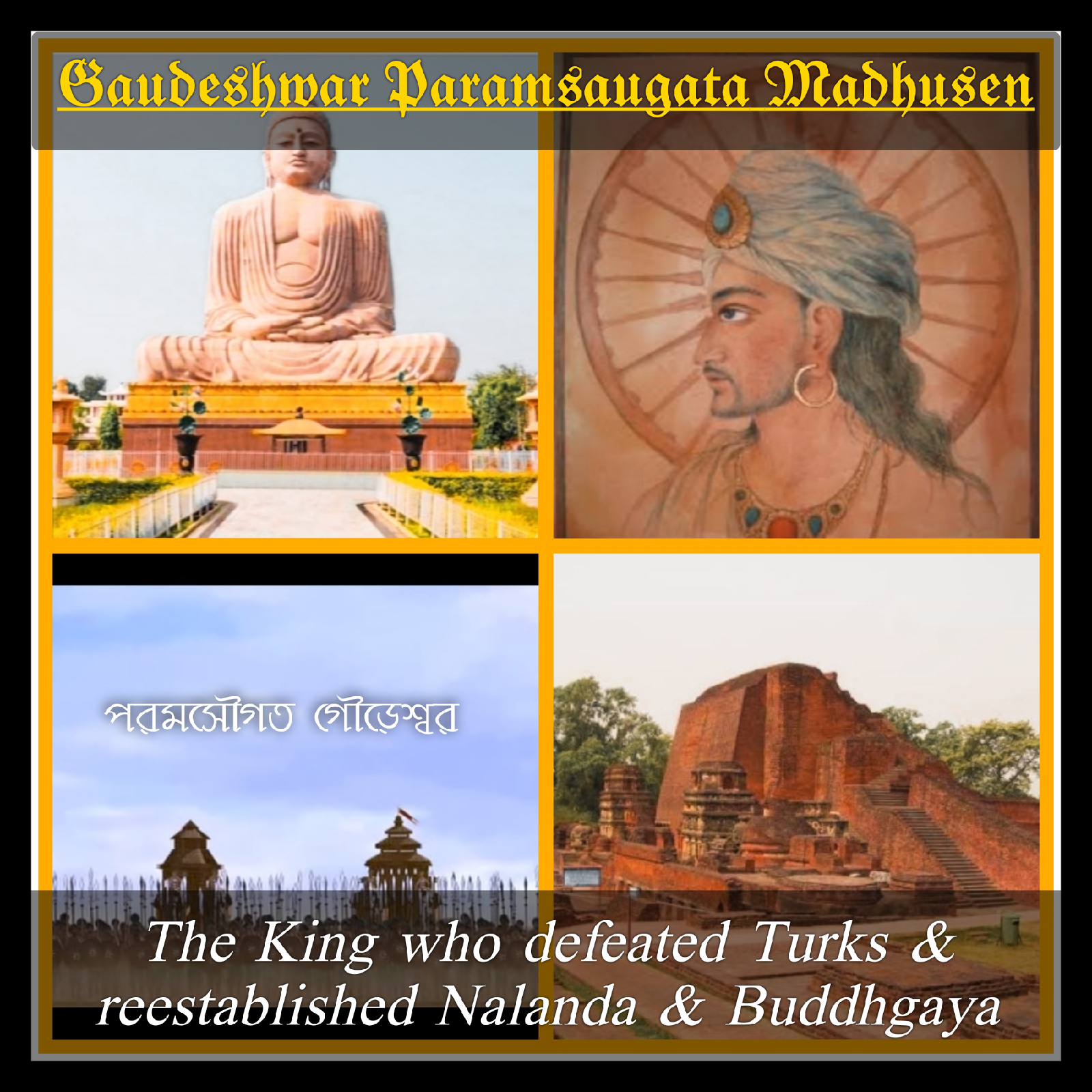Swadhin Bangabhumi Andolan - Movement for the Independent Hindu Country for Native Bengali Hindus of Bangladesh

Swadhin Bangabhumi Andolan (1973-2006) - Movement for the Independent Hindu Country for Native Bengali Hindus of Bangladesh Bangabhumi (বঙ্গভূমি, The land of Vanga) also known as Bir Banga (বীর বঙ্গ), is a freedom movement to create a independent Bengali Hindu country for the native Bengalis of Bangladesh in southwestern region, envisioned by Banga Sena. Banga Sena (Vanga Army) is a rebellious Bengali Hindu organization which advocates formation of the Hindu Republic of Bangabhumi for the native Bengalis in Bangladesh. The group is led by Kalidas Baidya and Dhirendra Nath Pal. Independent Hindu Republic of Bangabhumi (saffron) & Buddhist Republic of Chakmaland (yellow) separating BD, 2003 হিন্দু প্রজাতন্ত্রী বঙ্গভূমি Hindu Republic of Bangabhumi (Hindu Prajātantrī Baṅgabhūmi) ● Dates of Operation : 1973-2006 ● Ideology : Independence, Armed Militancy, Hindu Nationalism, Temple Restoration, Native Bengali Statehood ● President : Sri Kalidas Baidya




